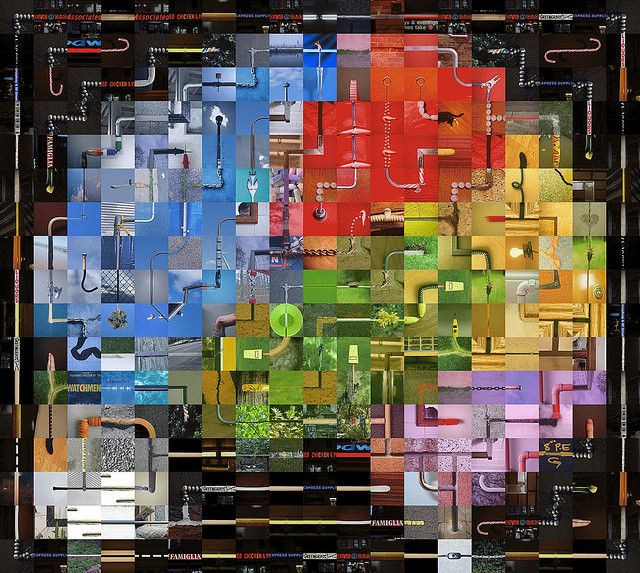Coma Patients In Vegetative State May Have Damaged Fiber Connections In Brain, Making Them Aware But Unable To Respond

Some patients in a vegetative state are believed to be aware even though they cannot respond to questions. A new University of Birmingham study finds damaged connections between the thalamus and primary motor cortex might be the cause of their unresponsiveness.
“Our results highlight the importance of the thalamus for the execution of intentional movements and provide a target for restorative therapies in behaviorally nonresponsive patients,” wrote the researchers.
Covert Awareness
Doctors use the term “covertly aware” to describe coma patients who they believe might still be conscious despite an appearance of total inactivity. In fact, scientists have demonstrated signs of awareness in these persistent vegetative state patients by way of technology. Asking patients to swing their arms (while recording brain activity using an EEG or MRI), their brains (if not their limbs) have shown these patients attempting to follow this simple motor command. Though various studies have documented this neural activity, scientists have not investigated the underlying brain regions and networks to understand why covertly aware patients cannot move.
The current study, then, began as an attempt to search for a cause of unresponsiveness in such patients. Dr. Davinia Fernández-Espejo, a lecturer in the school of psychology, and her colleagues enlisted the help of 15 healthy volunteers and selected two patients who had suffered severe brain injury. One patient was considered covertly aware, while the other was capable of some behavioral response.
Each of these 17 participants, while lying on the bed of a functional MRI scanner, were asked to respond to a series of commands. For example, the researchers requested the participants move their right hand as if they were hitting a tennis ball and then requested participants simply imagine making this same motion. By way of the MRI, the researchers observed which brain structures and pathways "lit up" with activity. Next, the team collected the data and constructed models to understand how these brain structures caused movement. Finally, the researchers performed fiber tractography to see if any damage had occurred between the brain structures in the two patients.
The essential brain components underlying movement were the thalamus and the motor cortex, the researchers observed. The thalamus is buried deep inside the brain with fibers jutting out to the cerebral cortex (the outer layer) in all directions — similar to the hub of a wheel; for some time, neuroscientists have speculated the job of the thalamus is to process and relay sensory information. Meanwhile the primary motor cortex, positioned at the rear of the frontal lobe, activates actual muscles by sending messages along the neurons in the spinal cord.
Importantly, the white matter fibers connecting the thalamus and the primary motor cortex had been damaged in the one covertly aware patient, the researchers found.
“Our findings provide, for what we believe to be the first time, a neural explanation for the lack of purposeful motor behavior in covertly aware patients,” wrote Fernandez-Espejo and her colleagues.
They said similar investigations in larger groups of patients is needed to confirm these findings. Still, the results of this study “pave the road for the development of therapies aimed at restoring lost motor abilities,” concluded the authors, who suggest deep brain stimulation might be one such possibility.
Source: Fernandez-Espejo D, Rossit S, Owen AM. A Thalamocortical Mechanism for the Absence of Overt Motor Behavior in Covertly Aware Patients. JAMA Neurology. 2015.



























